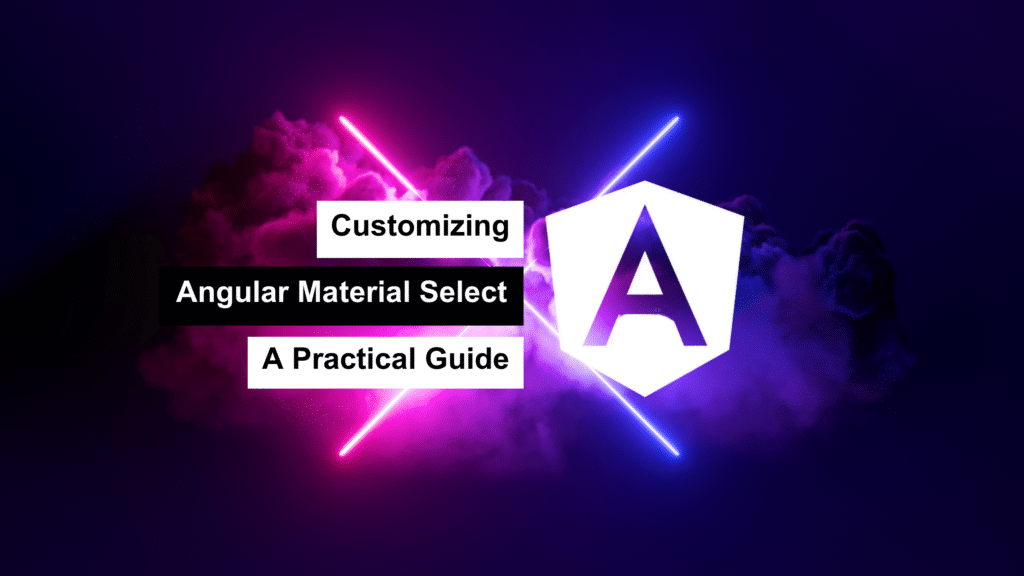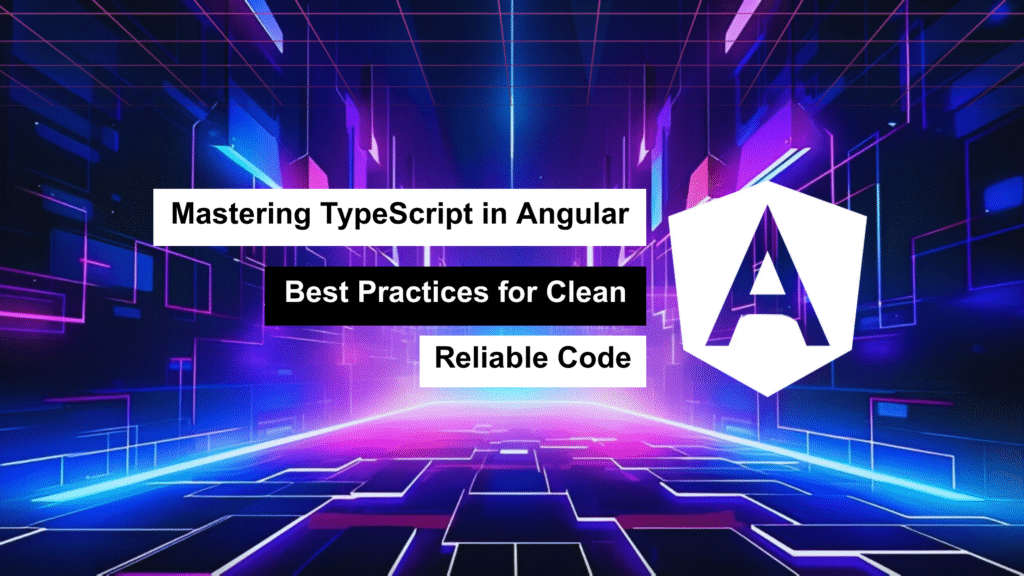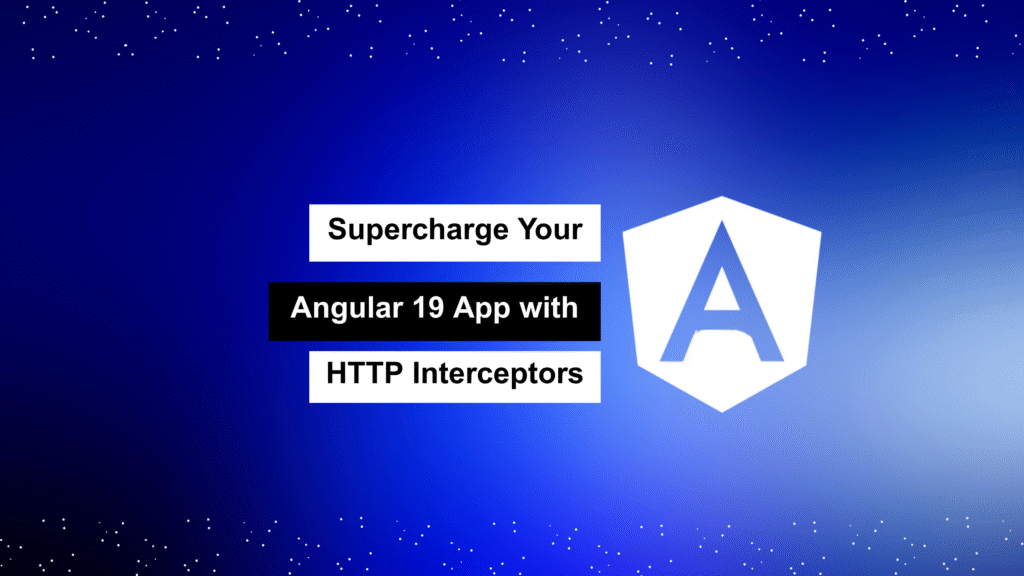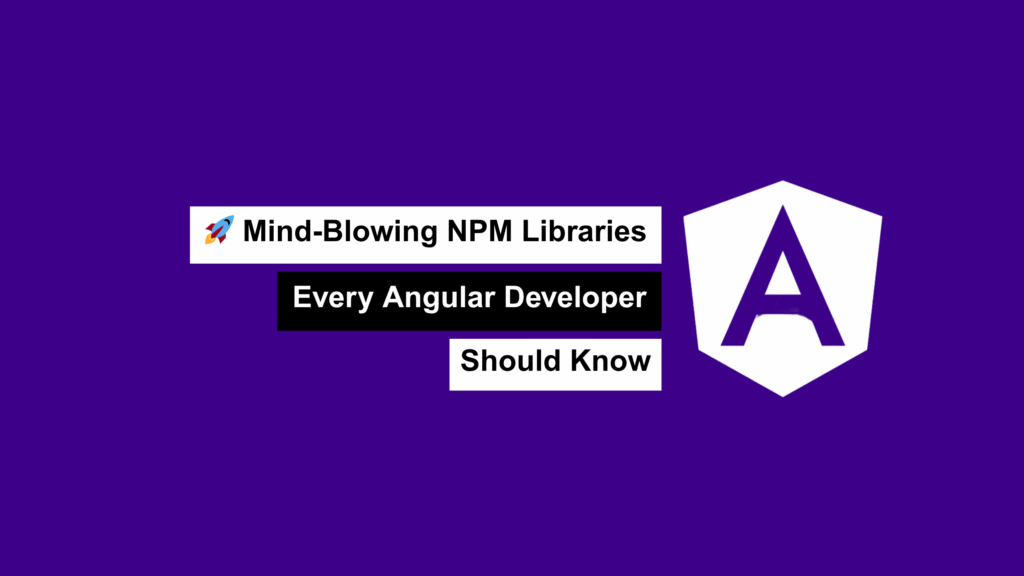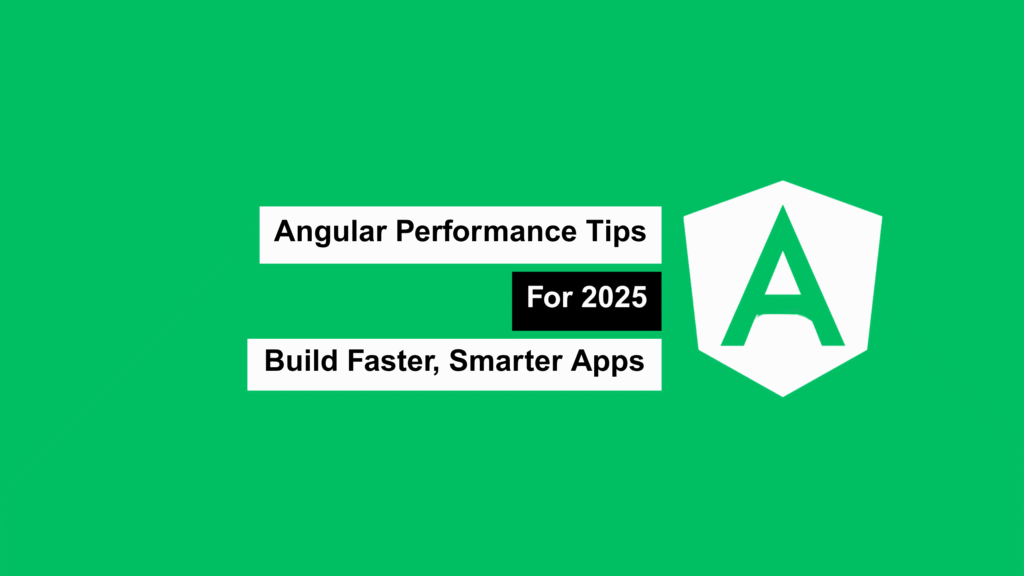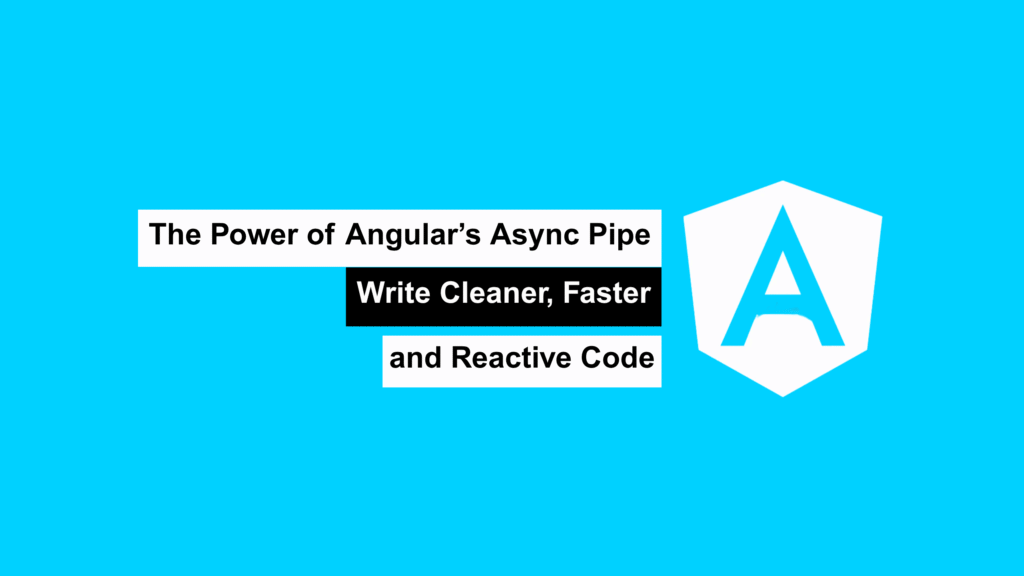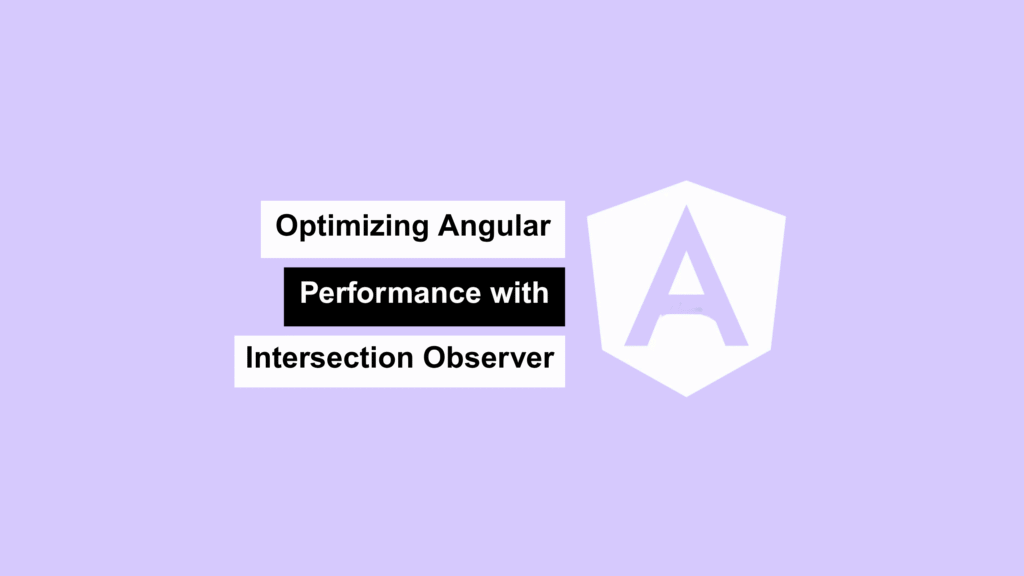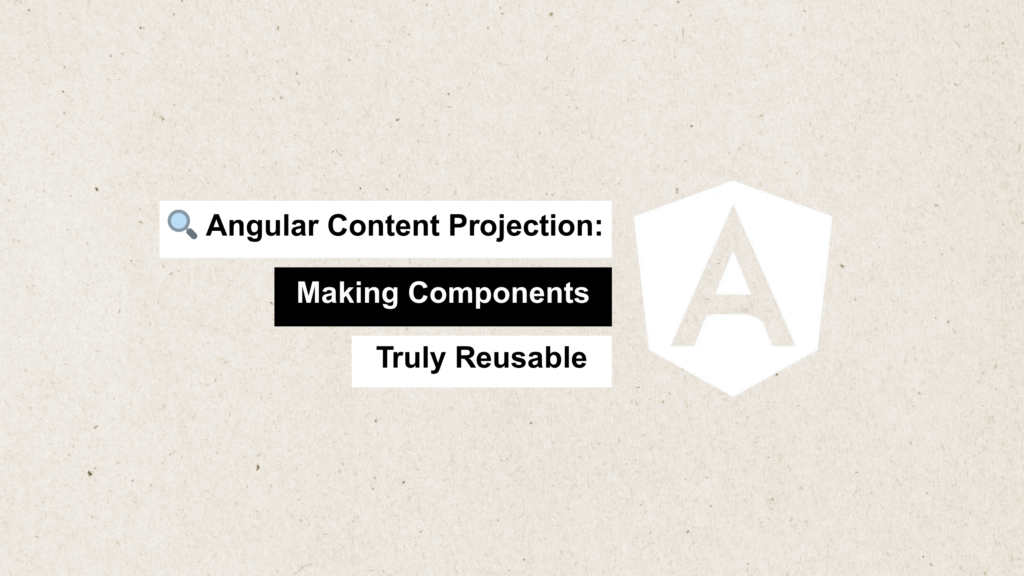Customizing Angular Material Select: A Practical Guide
Angular Material offers a powerful set of UI components that follow modern design principles. One of the most versatile among them is the MatSelect component, used for creating dropdowns. While the default implementation is solid, real-world projects often demand customization to match specific UI/UX or branding requirements. In this guide, I’ll walk you through how […]
Customizing Angular Material Select: A Practical Guide Read More »
